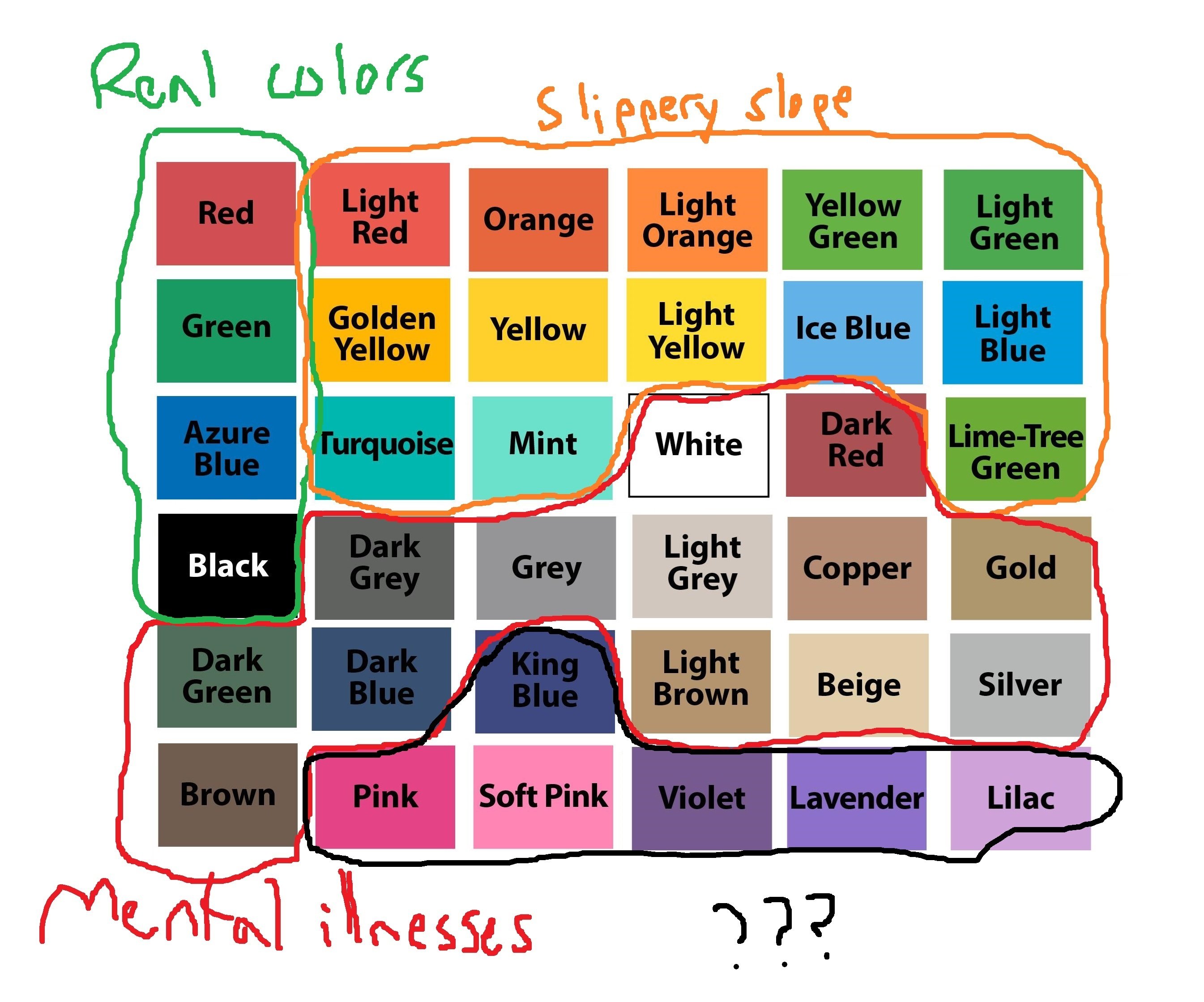this post was submitted on 24 Nov 2024
190 points (88.0% liked)
196
16601 readers
1802 users here now
Be sure to follow the rule before you head out.
Rule: You must post before you leave.
founded 1 year ago
MODERATORS
you are viewing a single comment's thread
view the rest of the comments
view the rest of the comments

I don't think this makes sense, all colors are real... except the mental illnesses, beiges and sepias.
well these ones specifically are displayed on your monitor (which can only display red, green, and blue) so they actually aren't real
your eyes are being tricked into thinking there's yellow for example, when there's really only red and green, this is because we can't really see yellow, we can just guess that its there based on the relative red-ness and green-ness of the light
However, it is very lucky for monitor manufacturers that we're so easily 'fooled'
That’s not really true, we can definitely see yellow light. Red receptors and green receptors are both sensitive to it, which your brain correctly interprets as yellow.
yea, if there is a single wavelength and its yellow we could see it. However, if you had a full spectrum of light and took away all of the yellow but added some red and green you wouldn't be able to tell that there's no yellow, because we can't see yellow, only imply it from the red-ness and green-ness
i'm pretty sure you couldn't pull off the same trick with red, green, or blue but I guess I don't really know